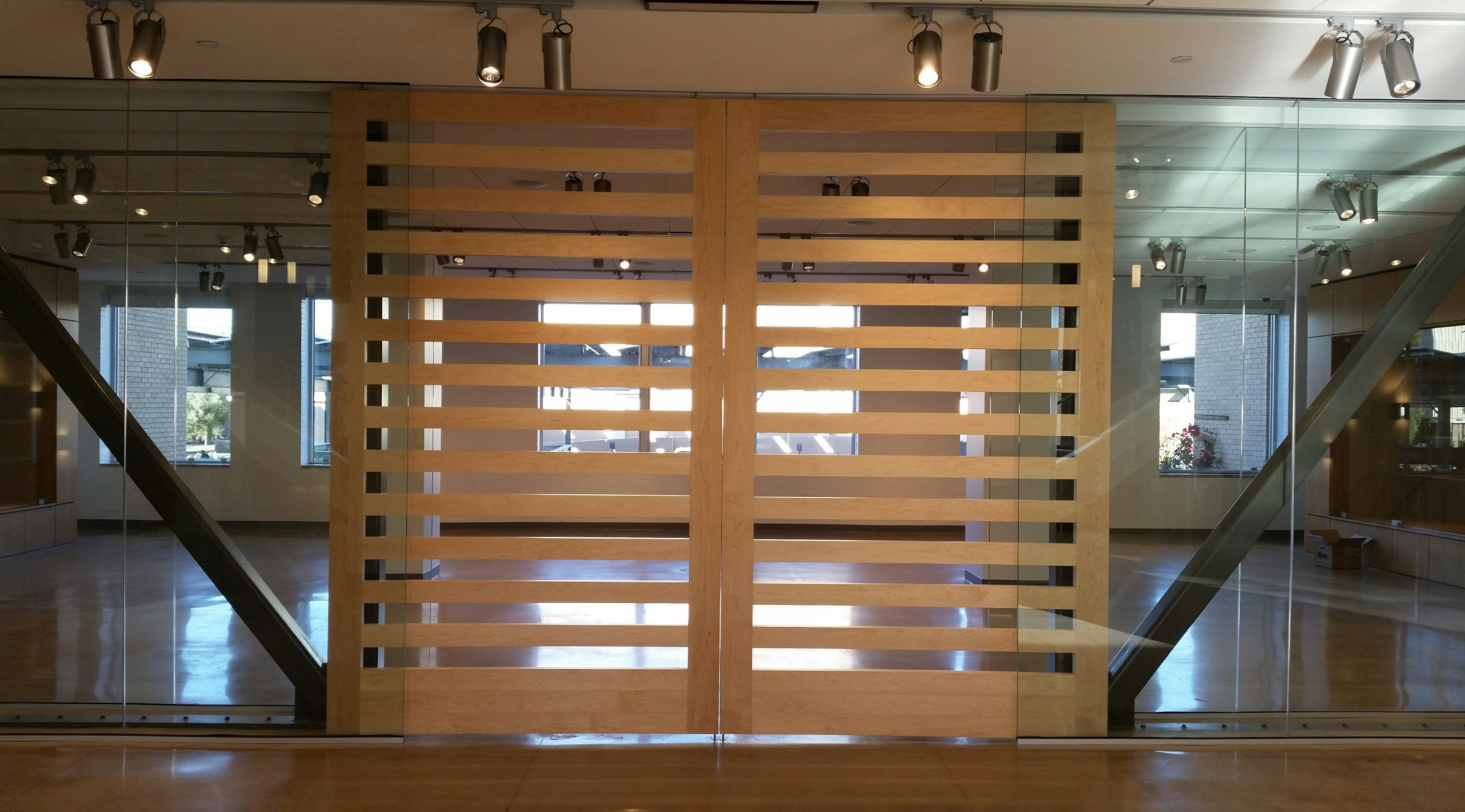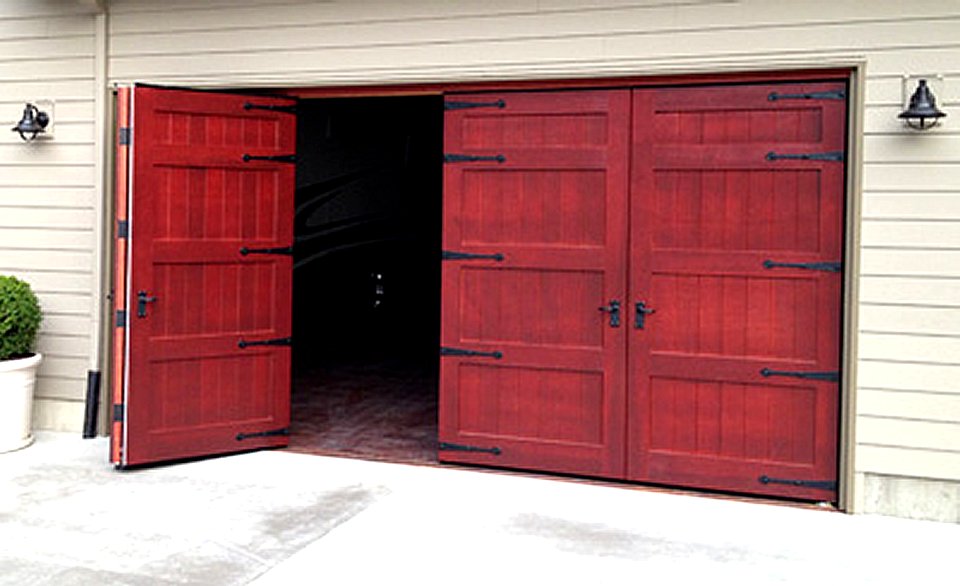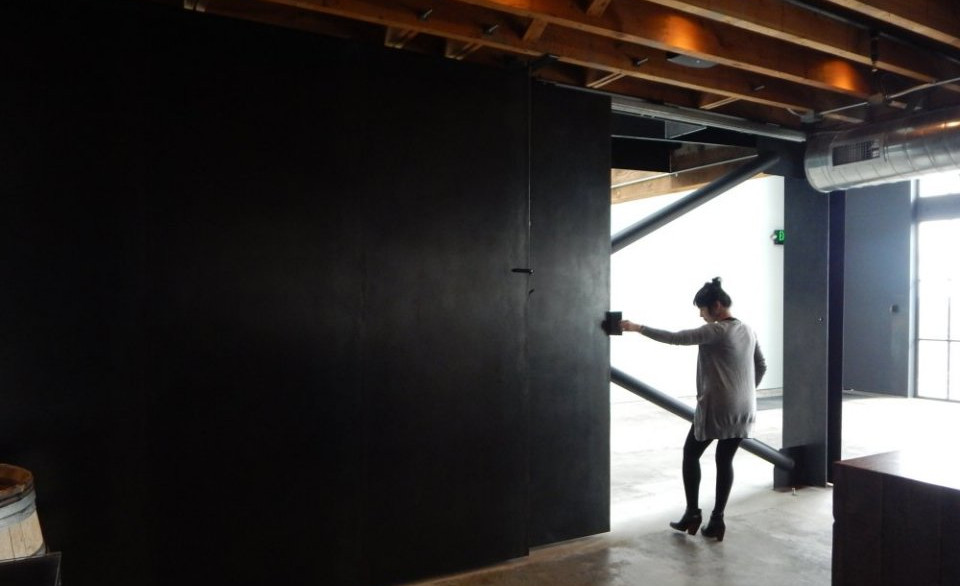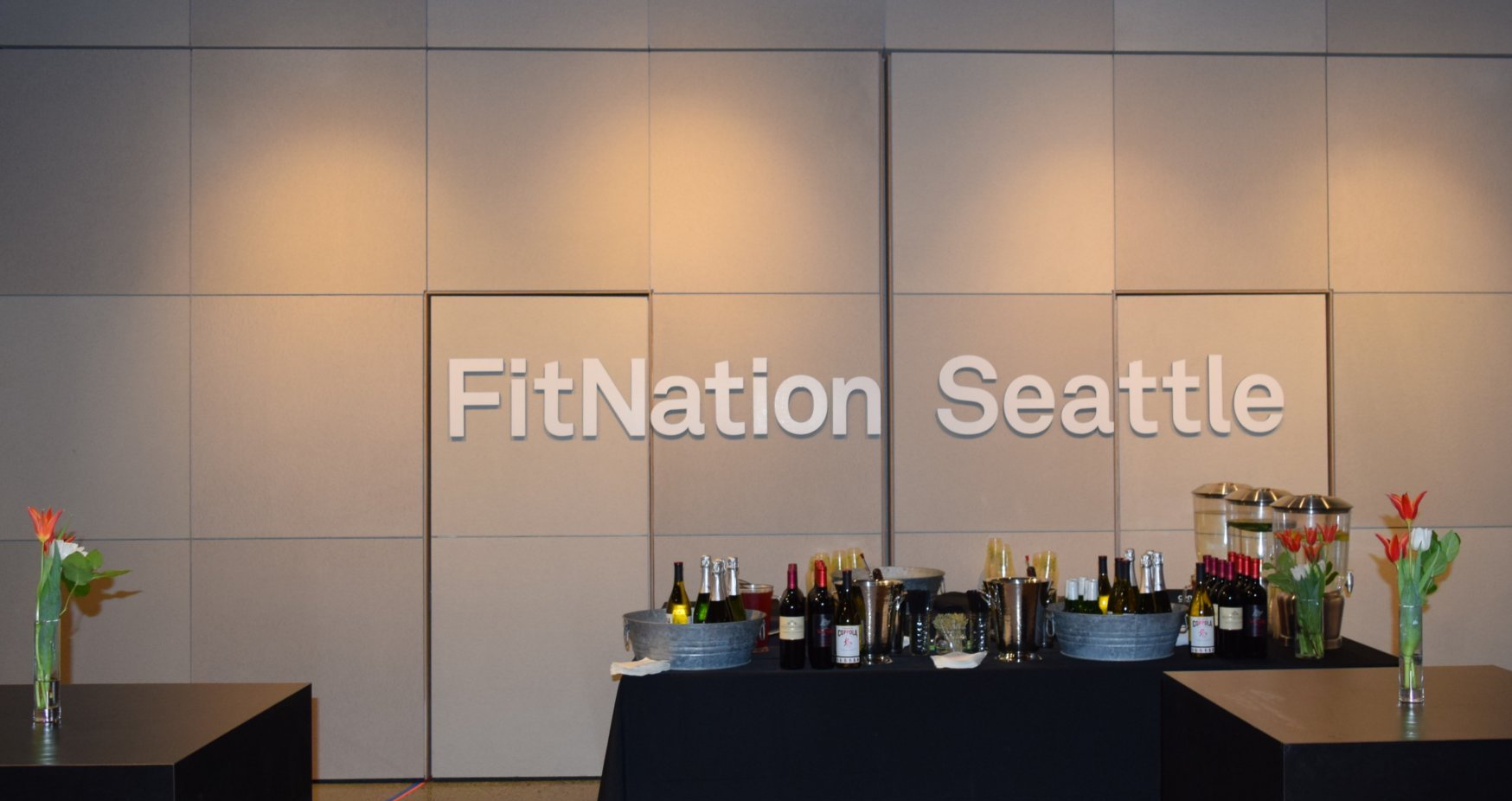Emerging, modern technologies in building materials are liberating the genius of forward thinking architects and designers, enabling them to create sustainable structures with Eco-friendly features for a better tomorrow.
 With I. M. Pei and other FAIAs leading the pack, a growing number of contemporary architects and members of the American Institute of Architects (AIA) are embracing the innovative technologies to expand the possibilities of creating more visionary projects than may have been available before.
With I. M. Pei and other FAIAs leading the pack, a growing number of contemporary architects and members of the American Institute of Architects (AIA) are embracing the innovative technologies to expand the possibilities of creating more visionary projects than may have been available before.
Increasingly, state AIA chapters are joining together to form their own chapter destinations, such as Seattle’s Center for Architecture Design, and Texas Society of Architects. To express their leading-edge technologies, they incorporate advanced building materials, like Sing Core, which reportedly can achieve unsupported long spans with little or no support system.
To demonstrate the shear strength of this revolutionary invention in building materials, inventor Peter Sing and a member of his true flat team stand on a 20 ft one-inch galvanized steel panel suspended between two sawhorses with little deflection. It’s as if his invention challenges the laws of physics as they relate to building materials.
Of the extensive list of attributes which makes Eco-friendly Sing Core the latest buzz word in the world of sustainable building materials are its lightweight (weighing in at a fraction the weight of other solid materials), high strength (independently University tested at 660+ PSI), and fully insulated (from R3.5 to R6.5 per sq. inch).
Sing’s invention expands on a previous woodworking technique utilizing the basis of torsion box, then adds innovative technology and insight to achieve this patented ground-breaking new hybrid technology.
How is it possible?
First off, Sing flips the torsion box on edge so that the locally sourced Pacific Northwest wood grain runs perpendicular to the stress skins. This single enhancement on the torsion box design multiplies the strength of traditional horizontal grain torsion box grids by 4 to 5 times the structure strength. But he doesn’t stop there.
Next, he packs the voids of the otherwise vacant cavities of the torsion box grid with recycled rigid foam to further support the torsion box matrix, creating an insulated solid composite core material which is then sandwiched between two stress skins and adhered with formaldehyde-free glue.
Using very little energy combined with natural local talented labor, the factory cold-presses the material to result in an extremely lightweight, yet structurally sound, reinforced structural insulated panel which is stronger than steel pound for pound.
With hundreds, if not thousands, of applications and dimensional variations, Sing Core is available as panels, post and beam, and furniture part configurations, to meet the needs of a wide variety of industries.
One industry of profound impact is that of large doors. Using Sing Core as door substrate material allows door companies and millworks to build large doors of any size, using any surface material, that can be guaranteed not to warp, bend, twist, cup, or otherwise fail, for 50 years.
Built to last for centuries, doors built with Sing Core inside can be covered by Sing’s 50-year warp-free guarantee, which is unsurpassed in the door industry.
100% Made in the USA, Sing Core can be used in large sliding doors, large pivot doors, and large hinged doors, as well as any other style of door or types of doors, including style and rail.
Doors with Sing Core inside are gaining popularity among replacement doors throughout the United States of America and abroad.
For more information on inventor Peter Sing and his patented Sing Core, visit www.singcore.com .













